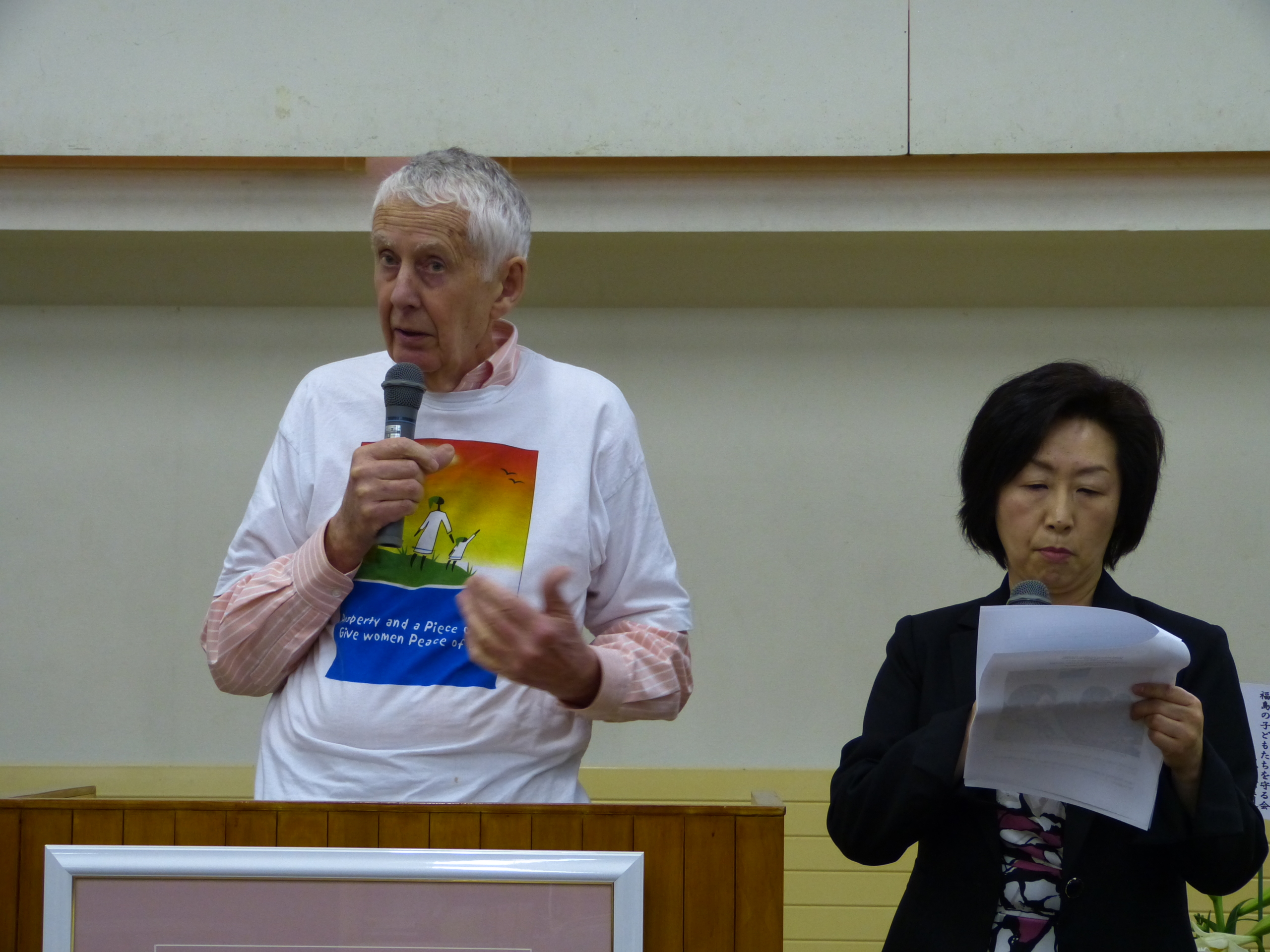Oxfam, the World Bank and the Jan Satyagraha
Interesting Times in the Land Sector
Elizabeth Daley
18 October 2012
/
- 0 Comments
On 3 October Oxfam released its latest report on land grabs – ‘Our Land, Our Lives’ – calling on the World Bank to put in place a six-month moratorium on its lending for land-based investments in developing countries. On the same day, in India, the Jan Satyagraha (March for Justice) started, with over 50,000 poor and landless people from among the most vulnerable communities in India setting out to march the 350km from Gwalior, in Madhya Pradesh, to Delhi, in an effort to force the Indian government to commit to major redistributive land reforms.
On 11 October the Jan Satyagraha was called off by its organisers, after India’s Rural Development Minister, Jairam Ramesh, signed a 10-point action plan in front of the marchers at Agra, in Uttar Pradesh. The Indian Government agreed to set up a task force to immediately start preparing a road map for land reform, and the Jan Satyagraha organisers promised a new march, with more people taking part, if there is no visible progress within six months.
Meanwhile, Oxfam had a busy week leading a lively series of stunts with bulldozers and staffers in hardhats ‘grabbing land’ around London on 4 October, and then going on to Tokyo to put on more pressure in the run-up to the annual meetings of the IMF and the World Bank Group on 12-14 October. #landgrabs were trending on Twitter, with the official World Bank account tweeting to Oxfam on 9 October “we agree, #landgrabs are wrong. That’s why World Bank must stay engaged, active in the sector”. From the annual meetings, the Bank’s Rachel Kyte blogged about the reality of land grabs and the World Bank Group, while a formal statement from the Bank had already been issued on 4 October to defend their refusal to take up Oxfam’s moratorium call.
The Oxfam report is an interesting read. Well researched and backed up by lots of carefully footnoted evidence, it sets out the problems with land grabs in clear terms. It’s also very provocative and rhetorical, if just a little bit too black and white for me. It’s succeeded in drawing a lot of attention to land grabbing at a time when the World Bank is already in the public eye, by taking advantage of international media interest in the annual meetings. If that all helps people like those marching for land justice in India in the longer term, and so many more like them, then so much the better. Land grabs – as defined in the International Land Coalition’s Tirana Declaration earlier this year – go totally against the principles of sustainable development that most of us in the land sector work hard every day to achieve. But the debate on the most effective way to reduce and eliminate land grabbing is still going strong.
I support the World Bank in refusing to establish a moratorium of their lending to large-scale land-based investments for the time being. I don’t think there is any logic to imply, as Oxfam does in its report (pp.10-11), that investment climate reforms such as support for investment promotion agencies and ‘one-stop-shops’ to help streamline procedures for those wishing to invest in developing countries necessarily make it more likely that communities will be stripped of their land. In fact the opposite may be true – if national governments in developing countries can get a firmer grip on the investment process they may be more likely to ensure coherent standards and procedures are followed by investors and local governments alike, including through the promotion of community consultation to enable free, prior and informed consent (FPIC) before any land changes hands. Moreover, the very fact that Oxfam was able to find and report on numerous instances of formal complaints being made in respect of World Bank and IFC supported land investment projects (pp. 9-11), suggests to me that monitoring and regulating systems within the World Bank Group are doing at least part of what they are supposed to. And if lessons learned internally are applied to other projects, then the overall trend should be towards improvement in lending practices, and fewer complaints in future.
Oxfam is right to highlight the various countries that have put in place their own moratoriums and controls on large-scale land acquisitions and investments, including Mozambique, Brazil, Tanzania, Indonesia, Papua New Guinea, Argentina, Cambodia and Laos. These kinds of moratoriums can be very effective in reining in land grabbing, as Oxfam documents in its report (pp.16-17). They have often run to years rather than months, and can be targeted to specific sectors, industries or types of investment where the worst problems lie. But the main point is surely that they are national actions, initiated by national governments with respect to investments in their own countries. It is a truism to say that land everywhere is a highly political and contested terrain. And ‘ownership’ of national policies and programmes has been high up the agenda in international development for a number of years now. So, in my view, while land investment moratoriums in individual countries can provide really valuable and often much-needed breathing space for stock-taking and to put in place improved procedures and practices, there’s a really important role remaining for international organisations such as the World Bank to remain constructively engaged in promoting responsible investment and helping to support the implementation of the ‘Voluntary Guidelines on the Responsible Governance of Tenure of Land, Fisheries and Forests in the Context of National Food Security’.
It’s no discredit to Oxfam that they have called for strong action by the World Bank on land grabs – and I don’t disagree with them for proposing a moratorium, even though I don’t think it’s the right solution just now. The Oxfam report and the accompanying events and publicity around land grabs this month have been very helpful in raising the profile of vital issues in sustainable development. This kind of advocacy at the policy-making level is no less – and yet also no more – important than the physical pressure that thousands of landless marchers in India brought to their government from the grassroots. These are interesting times in the land sector.
You must be logged in to post a comment.



